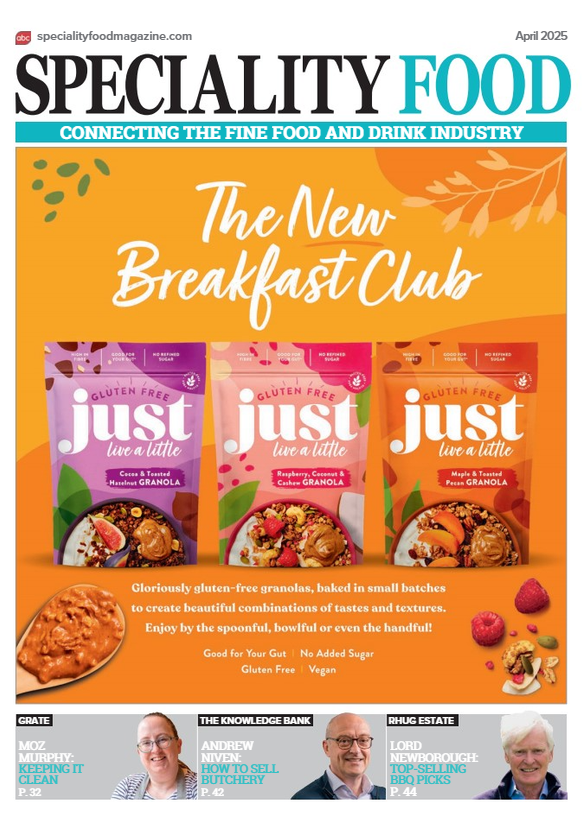“Enlisting with the Territorials”

- “Sticky fingers”
- “Everyone’s a winner”
- “Myths and legends of Turophilia”
- “When ‘cheese’ is not cheese”
- “Don’t disrespect the Cheddar”
When I opened my shop, my first cheese order from the wholesalers included solid examples of those Territorials that originally hailed from outside our immediate area – Martell’s Double Gloucester, Mrs A’s, Mrs K’s, Sparkenhoe and Special Reserve Wensleydale. Sizeable rounds of cheese looked good in the chiller, but after a week, we’d barely made a dent into them, and I certainly hadn’t recouped much of the couple of hundred quid that I’d invested. I’d set out to provide a showcase for the very best cheeses that Britain could produce, but had ended up with an unacceptable level of wastage
On the shelves, brisk sellers included the omnipresent Cheddar, Stilton and cheeses that were truly local, really exotic or just new, with a great story that we could recount as we proffered tasters and enthused about our range. Somehow, the Territorials, the great building blocks from which the UK cheese industry was reborn after WWII, didn’t appeal to our customers. In a West Country tourist town, I could understand that visitors might only want to try ‘local’, but always felt frustrated that regular shoppers weren’t as inquisitive about the old British classics as they were with new Continental or artisan British selections.
A regular customer gave me a tea towel from the 1973 that he’d picked up somewhere, originally issued by the Milk Marketing Board, I think. It depicted the great cheeses of Britain, but framed and hanging on the wall, it silently rebuked me for my inability to sell these greats.
I changed tack. I selected smaller cuts of one Territorial at a time and promoted them. Wastage reduced and some regulars started to ask when I’d next be getting Sage Derby or Crumbly Lancs. I also experimented with the ‘new’ versions of these August cheeses. Red Fox, from Belton, made a contrast to the traditional flavours of Thomas Hoe or Sparkenhoe. The addition of more salty notes to the flavour profile and a crunch to the texture appealed to some modern palates. Customers became interested in the difference between cheeses that they had previously overlooked or regarded as generic and dull. Many of my customers had been put off these cheeses at a time when they could only be found vacuumpacked, sweaty, greasy and with little variation in flavour between say, Cheddar and Red Leicester, than the colouring and the name on the packet.
We also supported local producers who were making these Territorials away from their geographic origin. Quicke’s Devon Red had a more ready appeal to shoppers than a generic Red Leicester, for which we felt the need to apologise as the elements of ‘terroir’ were not being represented. Now the different characteristics instilled by the Devon pasture, stock and maturing shed could be seen as positive features, rather than flaws.
I grew to love the Territorials anew – not just for their history and flavours, but for the contribution they made to my business. As Ian Coggins of Belton said at the British Cheese Awards last month, collecting one of the evening’s many awards for his company’s Crumbly Lancashire: “There’s more to life than Cheddar!”
more from Town Crier
-
“Black and White thinking”
08 August 2019 Town CrierLast time around I suggested trumpeting the benefits of the produce we offer, and the importance of conveying its taste and of making each purchase viscerally appealing. -
“We’re a resourceful bunch”
17 May 2019 Town CrierIt’s almost exactly 10 years ago that I sat down to create the first business plan for my cheesemonger. -
“Waxing lyrical”
12 February 2019 Town CrierOn a family holiday to Normandy in 1965, my parents and their adult friends were hugely excited by Livarot and Camembert – seldom seen back home in Hampshire.

